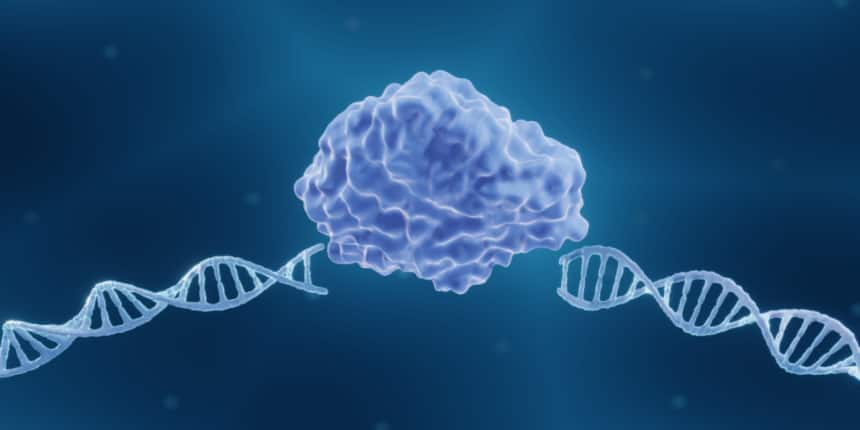BamH1 Full Form
What is Full Form of BamH1 ?
Bam H1 is the abbreviation used for an endonuclease enzyme. An endonuclease enzyme can cut and cleave DNA fragments into smaller pieces at specific restriction sites. Usually, an endonuclease is named after its source. The source here is a bacterium called Bacillus amyloliquefaciens. Bam HI can be used to cleave short DNA sequences of about 6 base pairs.. There are particular sites at which this enzyme connects to cleave the DNA, and these are called the recognition sequences or recognition sites. As a result of the cleaving of this restriction enzyme, sticky ends are created. In this case, the number of base pairs on sticky ends is 4.

Recognition Sites
This enzyme can make contact with more specific sites. The DNA will have a major groove and a minor groove. In this case, the major groove binding occurs between the amino terminus of the parallel 4-helix DNA bundle. This results in the formation of 18 bonds between DNA and the enzyme. The left and right subunits of BamHI connect to the DNA and cut at its recognition site to create palindromic sequences.
Biological Significance
As the BamHI can recognize DNA sequences and cleave at that particular site, this is mainly helpful in cleaving DNA for cloning and genetic therapy. Certain mitochondrial diseases can be treated using this technique.

